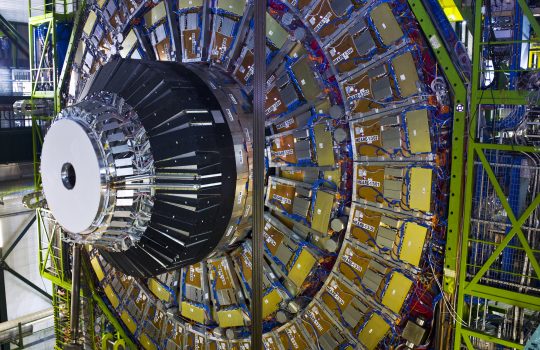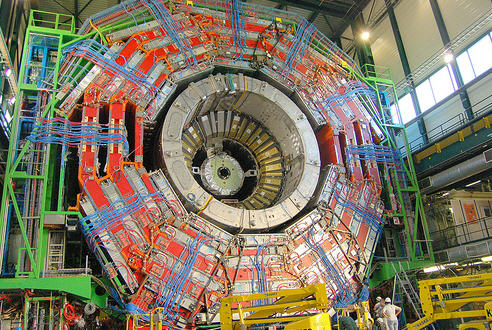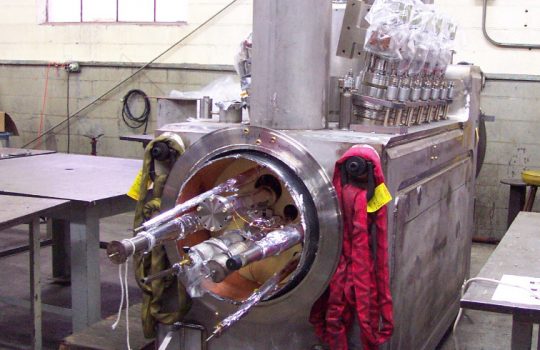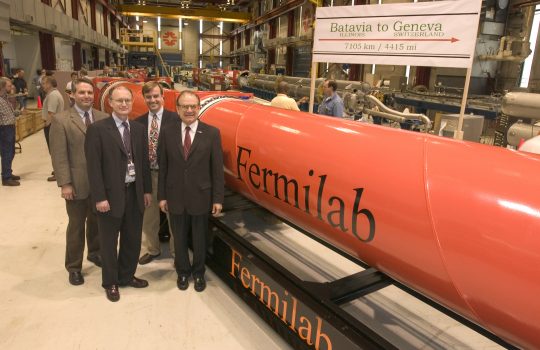Data-Taking Dress Rehearsal Proves World’s Largest Computing Grid is Ready for LHC Restart
The world’s largest computing grid has passed its most comprehensive tests to date in anticipation of the restart of the world’s most powerful particle accelerator, the Large Hadron Collider.




